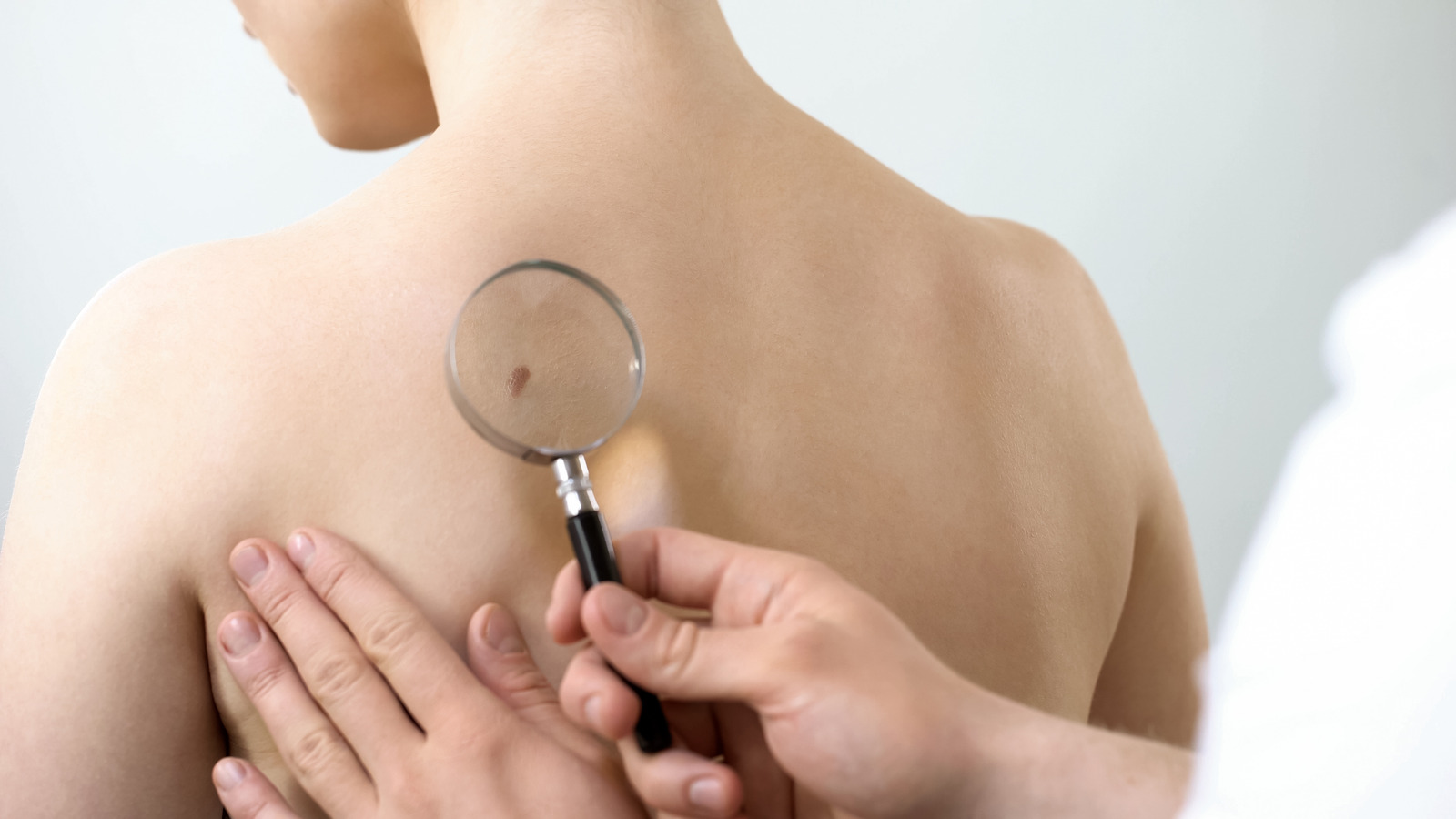A Complete Guide To The Symptoms And Therapies Associated With Skin Cancer
Skin cancer is the most prevalent cancer of all human cancers today. In Australia, every year skin cancer accounts for around 80% of all newly diagnosed cancers. The skin happens to be the largest and most exposed organ in the body. Skin cancer occurs when overexposure to ultraviolet radiation damages skin cells. That’s why it is important to use natural skin care products such as April Skin. With this, you will make the chances of skin cancer a lot less. Skin cancer might also happen because of the following reasons:
- Tanning booth exposure
- A low and zero immunity
- A pre-existing autoimmune disorder
- High X-rays exposure
- Contact with certain chemicals-arsenic
- Exposure to hydrocarbons in tar, oils, and soot
There are three types of skin cancer:
- Basal cell carcinoma-
BCC is non-melanoma (non-life threatening) cancer that occurs in the lower segments of the outer layer of the skin. This kind of cancer most commonly happens on the most exposed parts of the body like head, face, neck, shoulders, and back.
Symptoms:
BCC can be hard to notice, and it does not show too many signs. This variant of non-melanoma skin cancer often stays limited to the part where it first started. It hardly spreads to other parts of the body. However, the visible signs could be-
- a rounded shiny bump,
- a rough, dry skin patch that looks different,
- shiny or bright pink spot.
- Squamous cell carcinoma-
SCC begins in the upper layer of the epidermis and usually happens in head, neck, hands, forearms and lower legs. This could grow rapidly within a few weeks.
Symptoms of Squamous Cell Carcinoma include:
- clotted red and scaly blemish,
- fast-growing lump,
- appears like an unhealed sore that,
- feels soft to touch.
- Melanoma:
Melanoma is the most worrisome skin cancer type that often happens in the sun-exposed parts of the body. However, some rare melanomas can also occur in the inner part of the eye or the mouth that have never seen the sun. This is the third most common cancer in Australia.
Symptoms
This is a relatively invisible cancer that may spread at a fast pace. It mostly starts with a mole, which might have the following features:
- It rapidly grows in size
- It changes colours and starts looking dry and patchy
- It is not well-rounded like a regular mole
- It could have a burning sensation
- These moles might bleed
Treatments
Skin cancer treatment options could vary from one case to the other. The factors that might determine the treatment could be the size, type, depth, and location of cancer. Refer to the website for details about these factors. Following are the various treatments one may be subjected to, depending upon the severity of the disease:
- Biopsy:
Limited skin cancers that are restricted just to the surface of the skin may not require treatment except for the biopsy, which is an excision done to remove the abnormal growth.
- Cryosurgery:
This early skin cancer treatment involves freezing the cancerous growth with liquid nitrogen. This forces the growth to freeze and fall off within some time. - Excisional surgery:
This surgery removes the cancerous growth and the normal skin around it. This surgery aims to remove all traces of the malignant cell from the skin.
- Mohs surgery:
Recommended for more stubborn skin cancers, where surgeons cannot remove more significant parts of the skin. Cancers that grow around the nose need this line of treatment. - Curettage and electrodesiccation:
This is an extensive procedure that uses a circular blade and electric needle to scrape away infected layers and individual cancer cells. This procedure is applicable for basal cancers. - Radiation therapy:
When surgeries can’t remove the entire concern, Radiation therapy kills cancer cells with a high-power radiation beam.
- Chemotherapy:
It uses medicines to kill cancer cells. For cancers are on the top layer of the skin, doctors apply topical anti-cancer agents on the skin.
- Photodynamic therapy:
This therapy is a combination of radiation and drugs. - Immunotherapy:
Also known as biological therapy, this treatment boots a patient’s immune system to kill cancer cells.

